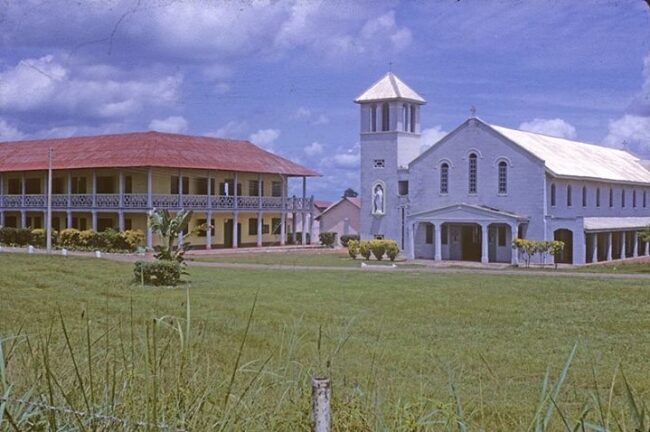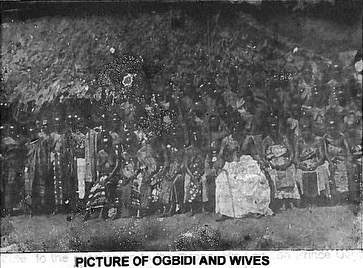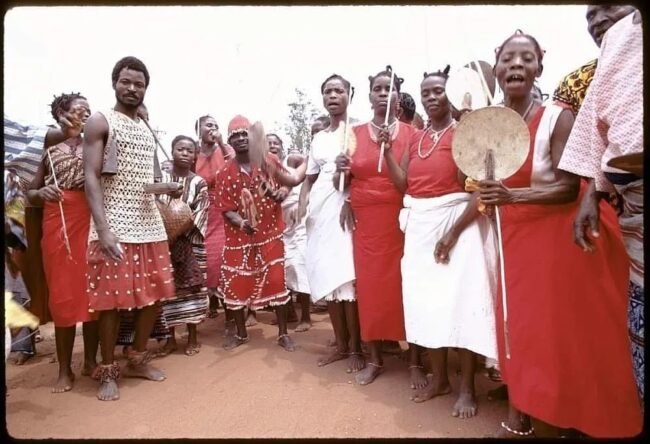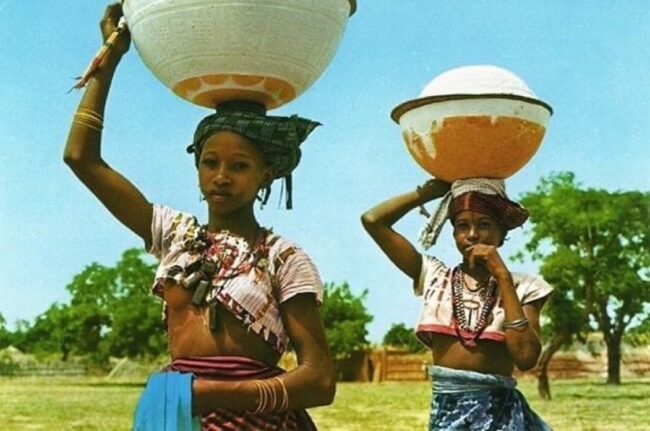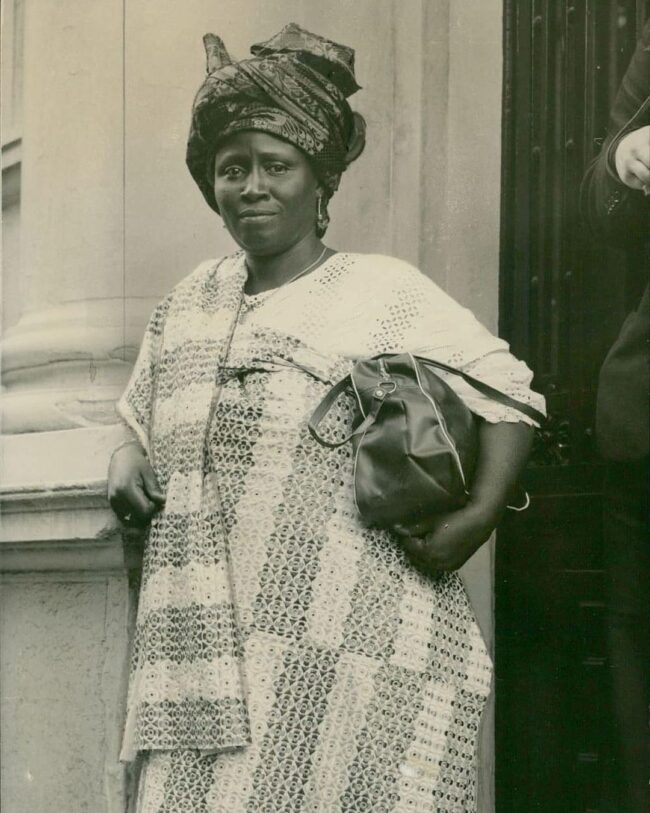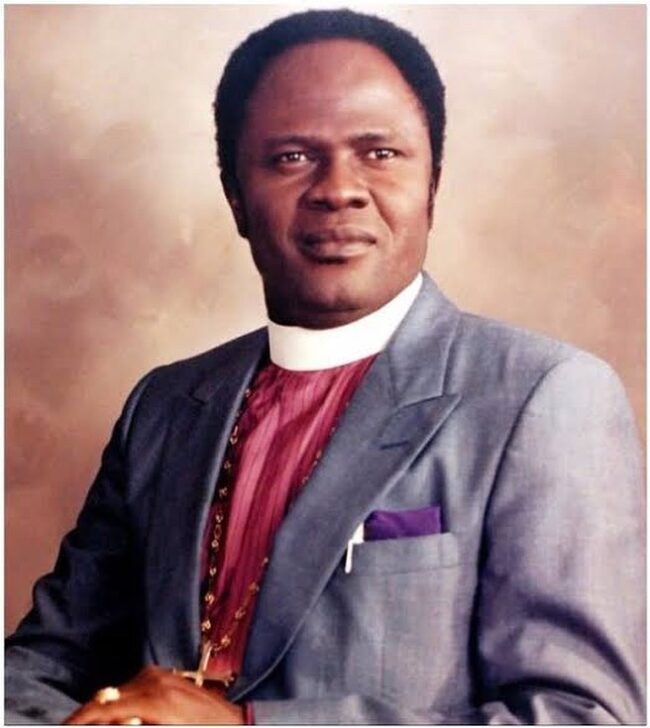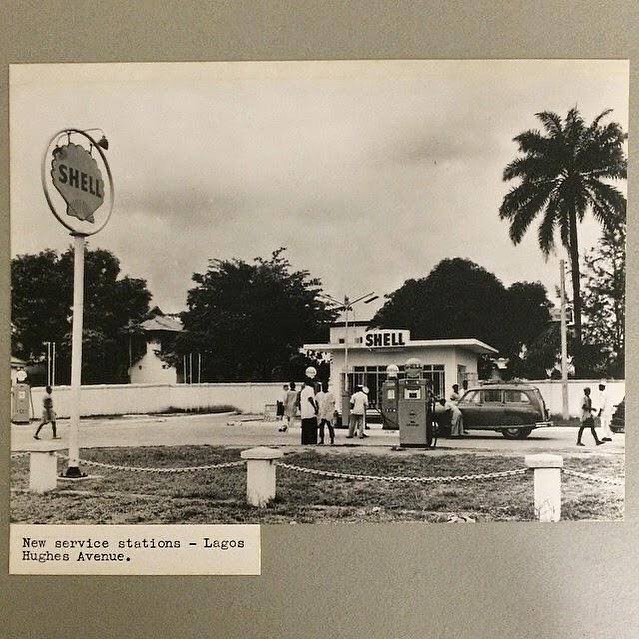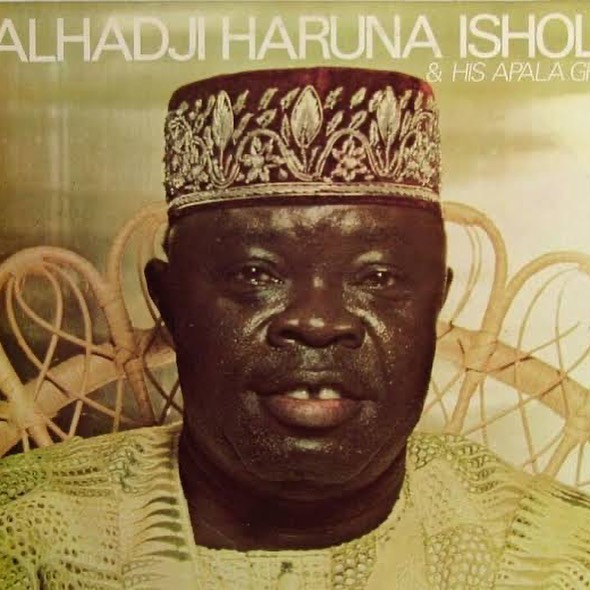Establishment of Christ the King College, in 1933
In Onitsha, Nigeria, Christ the King College, Onitsha (CKC), sometimes referred to as CKC Onitsha or Amaka males, is a Catholic secondary school for males only. In addition to being one of the oldest colleges in the Southeast, it is recognized as the best high school in Nigeria and 36th out of the top 100 finest high schools in Africa. Together with Fredrick Akpali Modebe and his wife Margret, the late Archbishop Charles Heerey, CsSp, founded CKC on February 2, 1933. They also constructed the organization’s initial administrative building and hostels. Up to his passing in the spring of 1967, Heerey continued to be the school’s proprietor. The school’s main goal is to cultivate indigenous talent and leadership abilities among the large number of young Nigerians in a Catholic setting and tradition. Peter Charles Obi Nwagbogu was the first student to be accepted into the college, and Fr. Leo Brolly served as the college’s first principal. A negative impact of the Nigerian Civil War (1967–1970) was felt by CKC. Its infrastructure was mostly destroyed.After the East Central State Government took control of the institution in 1973, it was renamed “Heerey High School” in honor of its founder. But in 1976, the school’s name was restored to “Christ the King College (CKC)” in response to appeals from its former students. Rev. Fr. Nicholas Tagbo, the school’s first indigenous principal prior to the war, was also reinstated in that year to restructure, renovate, and revitalize the institution. The state administration did, at last, return CKC to the Catholic Mission on January 1, 2009.

